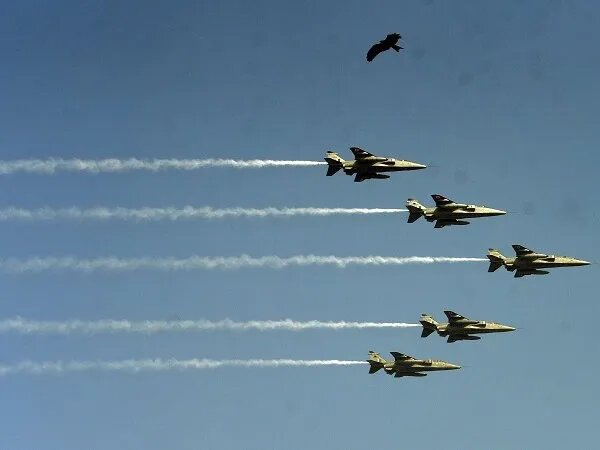Due to the 32-month-long military conflict in eastern Ladakh, tensions are high between India and China in the eastern sector of the Line of Actual Control. In early December, the Indian Air Force (IAF) will hold a major air combat exercise with frontline fighters, helicopters, other aircraft, and drones in Arunachal Pradesh, Assam, and other northeastern states.
The Eastern Air Command, whose headquarters are in Shillong, will test its operational readiness from February 1 to 5 as part of a “command-level” exercise.
It will include everything in the eastern sector, like the Rafales and Sukhoi-30MKI fighters that fly out of air bases like Hasimara, Tezpur, and Chabua.
The IAF also did a two-day exercise in the northeast last month, right after the fights between Indian and Chinese soldiers at Yangtse in the Tawang sector of Arunachal Pradesh on December 9. “The next exercise will be bigger and involve more platforms, such as C-130J “Super Hercules” aircraft, Chinook heavy-lift helicopters, and Apache attack helicopters,” a source said.
For the third winter in a row, China has sent over 50,000 troops and heavy weapons to the border of eastern Ladakh. So far, China has refused to talk about pulling back troops from the strategically important Depsang Plains and Demchok areas.
At the same time, the People’s Liberation Army (PLA) has added more troops along the 1,346 km of the Line of Actual Control (LAC) in Sikkim and Arunachal Pradesh. The PLA, for example, has kept two more “combined arms brigades,” each with about 4,500 soldiers and tanks, artillery, and other weapons, forward deployed across the eastern sector even though winter is still going on.
As TOI reported earlier, the IAF has also had to send out Sukhoi fighters as a precautionary air defence measure when Chinese planes have been seen flying close to the LAC in the eastern sector.
All along the 3,488-kilometer-long LAC, China has increased its air activity. This is because over the past two years, China has upgraded all of its major airbases facing India, such as Hotan, Kashgar, Gargunsa, and Shigatse, by adding longer runways, stronger shelters, and fuel storage facilities for more fighters, bombers, drones, and reconnaissance aircraft.
India is also worried about the PLA’s increased activity and building of infrastructure in the Bhutanese territory of Doklam, which is close to the point where Sikkim, Bhutan, and Tibet meet.
In 2017, the 73-day standoff at Doklam started when Indian troops stopped Chinese attempts to build a road up to the Jampheri Ridge, which looks out over the strategically vulnerable Siliguri Corridor.
The Indian military has taken a number of steps to protect the Siliguri Corridor, also known as the “Chicken’s Neck,” which is a narrow strip of land connecting the northeast of India to the rest of the country, and other vulnerable areas.
“There are several plans in the works, and full operational readiness is being kept. A senior officer said, “We have enough forces and reserves for any situation.” This includes putting a squadron of Rafale fighter jets at the Hasimara air base in West Bengal, which is close to the point where Sikkim, Bhutan, and Tibet meet.
